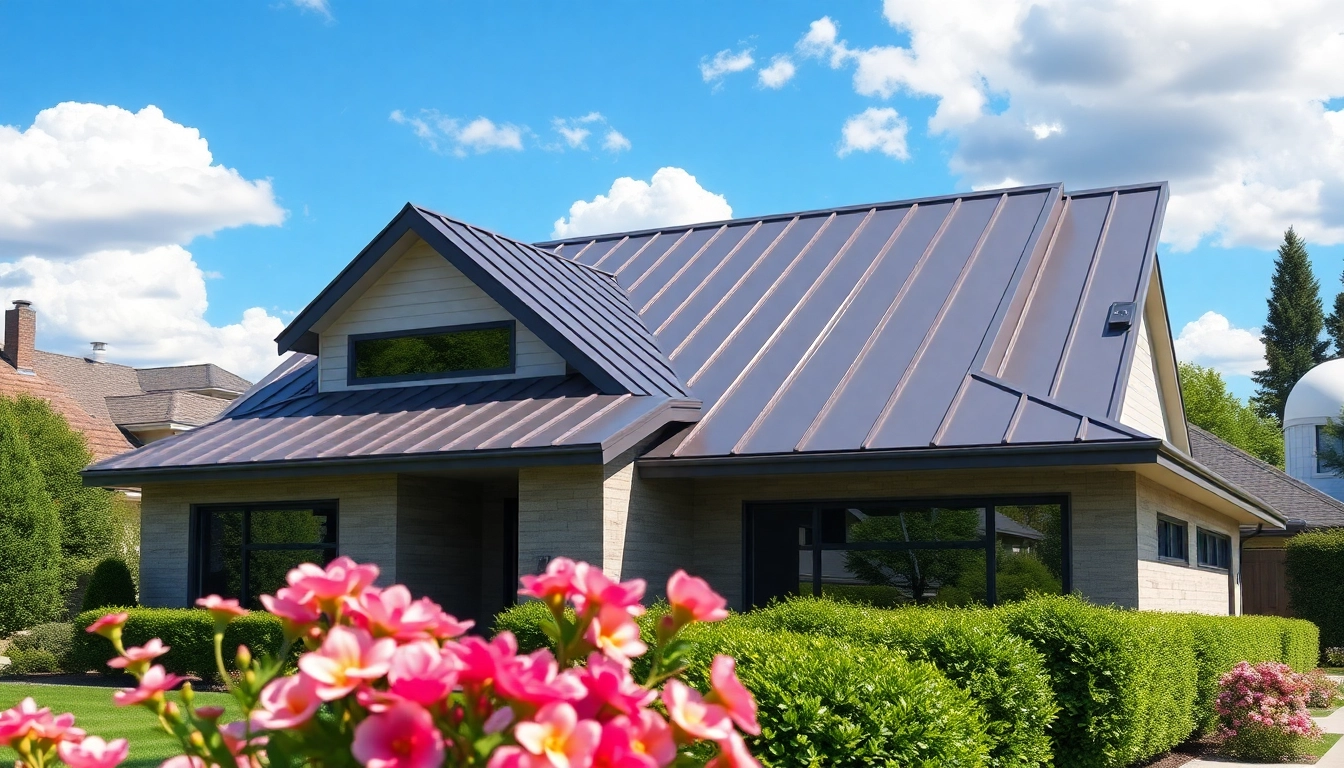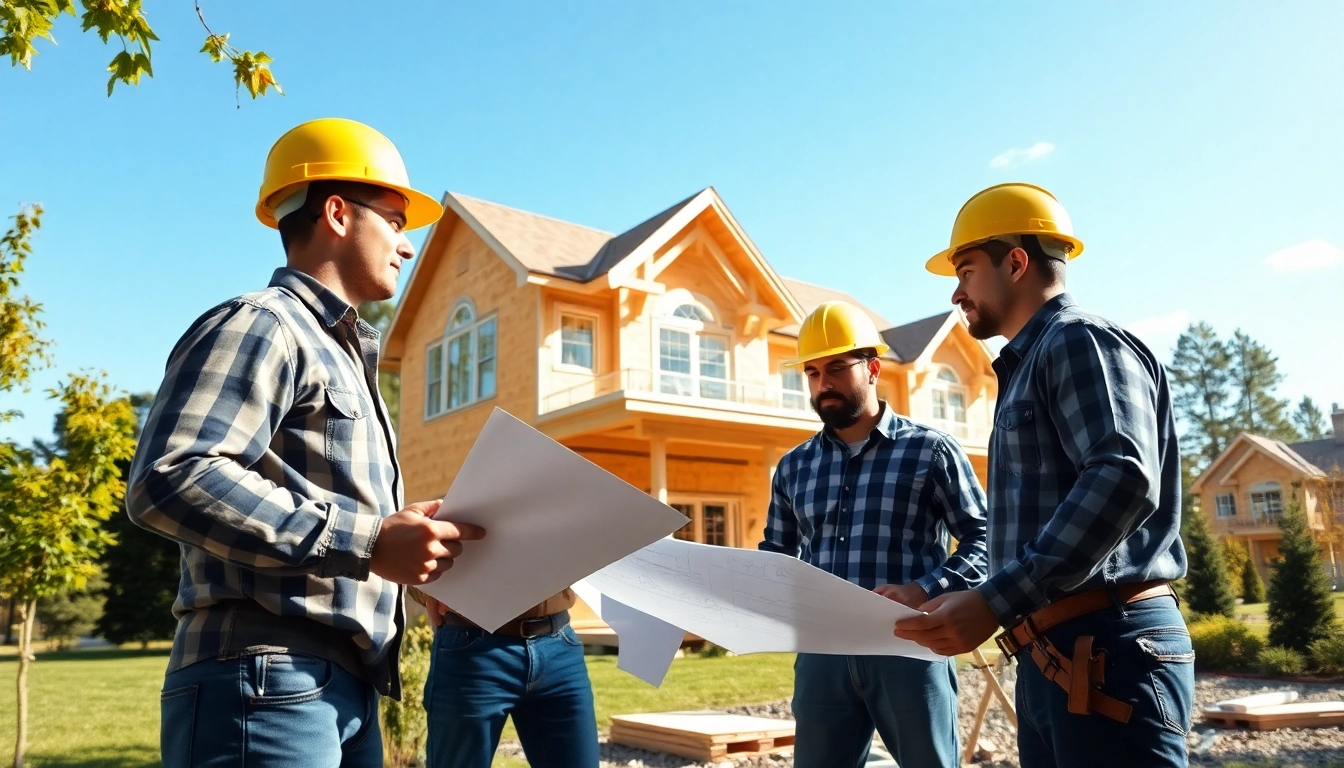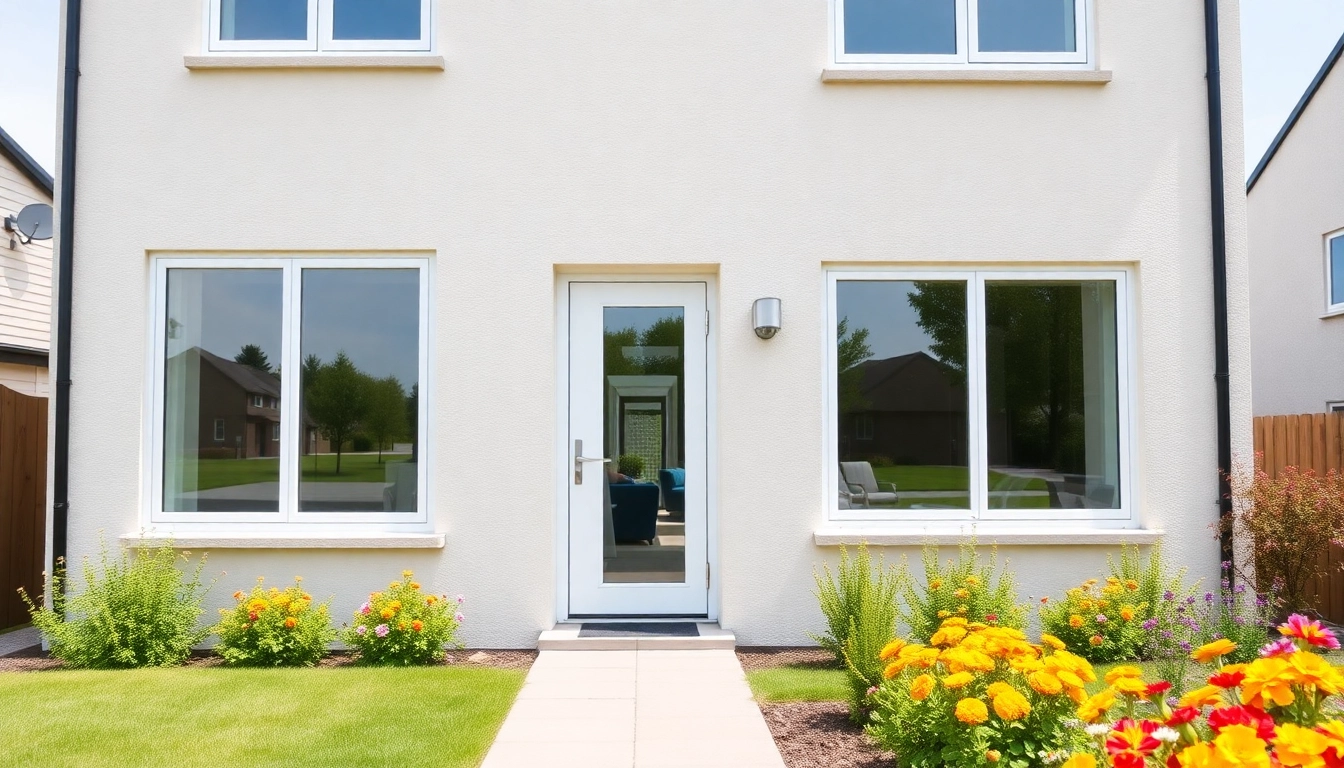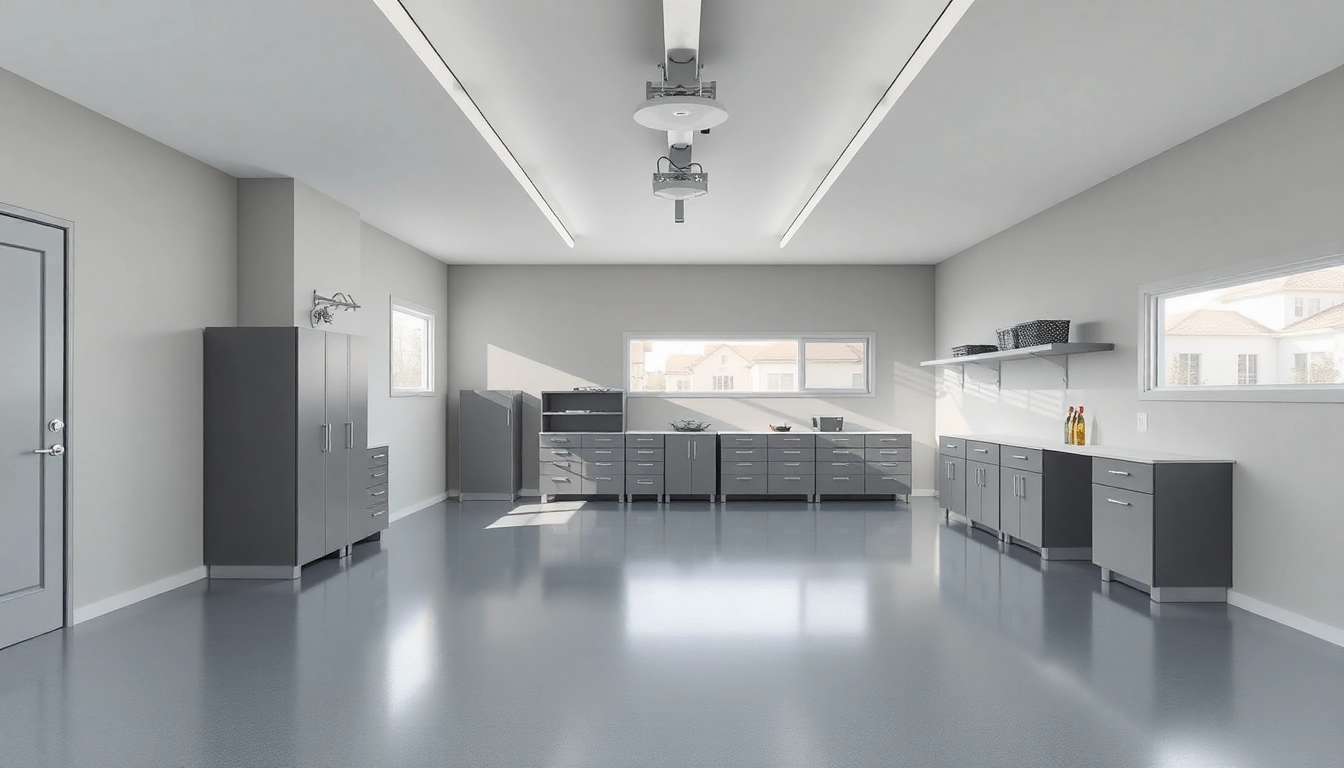Understanding Residential Metal Roofing
What is Residential Metal Roofing?
Residential metal roofing refers to roofing systems made from metal materials, particularly designed for residential homes. These roofs can be constructed from various metals, including steel, aluminum, copper, or zinc. Unlike traditional roofing options like asphalt shingles or tiles, metal roofing offers unique benefits that make it increasingly popular among homeowners. The design can either be flat or sloped and is available in a variety of styles, colors, and finishes, catering to various aesthetic preferences.
Benefits of Choosing Metal Roofing
Choosing to install residential metal roofing comes with numerous advantages, such as:
- Durability: Metal roofs have a lifespan of 40 to 70 years, significantly outperforming traditional roofs.
- Energy Efficiency: Metal roofing reflects solar radiant heat, which can reduce cooling costs by 10-25%.
- Environmental Impact: Metal roofs are often made from recycled materials and are fully recyclable at the end of their life cycle.
- Fire Resistance: Metal roofing can withstand fires better than other materials, which can help lower homeowners’ insurance costs.
- Low Maintenance: Metal roofs require less maintenance compared to traditional roofing materials, contributing to long-term savings.
Types of Residential Metal Roofing Materials
When selecting metal roofing, it’s essential to consider the different materials available:
- Steel: Often galvanized, steel is a popular choice due to its cost-effective nature and strength.
- Aluminum: Highly resistant to corrosion, aluminum is ideal for coastal areas and is lightweight.
- Copper: Known for its aesthetic appeal and durability, copper roofs can last over 75 years.
- Zinc: Eco-friendly and durable, zinc is often chosen for its unique weathered look as it ages.
Comparative Analysis: Metal vs. Traditional Roofing
Durability and Longevity
When comparing durability, metal roofs stand out significantly against traditional roofing options. Traditional asphalt shingles typically last 20-30 years, whereas metal roofing can last 40 years or more with proper installation and maintenance. Moreover, in extreme weather conditions, such as winds over 140 mph, metal roofs maintain their integrity far better than other materials, making them a safer option during severe storms.
Energy Efficiency and Environmental Impact
Energy efficiency is another critical factor. Metal roofs can reflect more sunlight than traditional roofing materials, which helps in maintaining cooler indoor temperatures, especially during hot summers. This reflective capability results in 10-25% energy savings on cooling costs, a significant advantage for homeowners in warmer climates. Environmentally, metal roofing materials are often manufactured from recycled materials and can be recycled again at the end of their lifespan, promoting sustainability.
Cost Analysis: Upfront and Long-term Savings
The upfront costs for metal roofing can be higher than traditional roofing ($150 to $900 per square, depending on the metal and style), but its longevity and energy savings can lead to lower total costs over time. Homeowners should consider not just the initial expenditure but also the long-term benefits, including lower maintenance fees and energy savings. Over a 50-year period, metal roofing can yield considerable savings compared to recurring repairs and replacements associated with traditional roofing solutions.
Installation Process of Residential Metal Roofing
Preparation and Planning
The installation of a metal roof requires thorough preparation and planning. It is crucial to assess the current condition of the roof and determine whether repairs are needed. Homeowners should also take measurements of their roof and select appropriate materials based on their budget and preferences. It is advisable to consult with a professional roofing contractor to ensure a comprehensive understanding of the installation requirements and local building codes.
Tools and Materials Required
Essential tools for installing residential metal roofing include:
- Measuring tape and level
- Power drill and screws
- Metal cutting tools (snips or saws)
- Ladder and safety gear
- Underlayment and flashing materials
Step-by-Step Installation Guide
The installation process generally includes the following steps:
- Remove Existing Roofing: Clear the roof of any installed shingles or debris.
- Inspect and Repair: Check for any structural issues and make necessary repairs to the roof deck.
- Add Underlayment: Lay down a suitable underlayment to provide an extra layer of protection against moisture.
- Install Metal Panels: Start at the bottom and work your way up, securing each panel with screws and ensuring proper overlap to prevent leaks.
- Install Flashing: Properly install flashing around chimneys, vents, and valleys to ensure complete waterproofing.
- Final Inspection: Inspect the installation for any potential issues and ensure that all screws and fixtures are secure.
Maintenance Best Practices for Metal Roofs
Periodic Inspections and Cleaning
Metal roofs require minimal maintenance, but periodic inspections and cleaning are essential to preserve their longevity. Homeowners should inspect their roofs at least twice a year (spring and fall) and after severe storms. This checkup should include looking for loose or damaged panels, checking seams and flashing, and ensuring that gutters and downspouts are clear of debris.
Addressing Common Issues and Repairs
Even with durable metal roofs, common issues may arise, such as rusting, loose screws, or leaks. Homeowners should be proactive in addressing any rust spots with proper sealing and painting. Loose screws should be tightened, and if leaks are detected, they must be repaired immediately to avoid costly interior damage.
Longevity Tips for Metal Roofing
To ensure that metal roofing lasts as long as possible, consider the following tips:
- Keep the roof free from debris that may retain moisture and cause corrosion.
- Trim overhanging branches to prevent damage from falling limbs.
- Paint or coat the roof periodically to maintain its protective barrier against the elements.
Choosing the Right Contractor for Your Metal Roof
What to Look for in a Roofing Contractor
Selecting the right contractor is vital for a successful metal roofing project. Homeowners should look for a contractor with experience specifically in metal roofing, as the installation process differs significantly from traditional materials. Check their references, insurance, and licenses to ensure they are qualified to complete the job.
Questions to Ask Before Hiring
Before hiring a contractor, ask questions such as:
- How long have you been in business?
- What warranties do you offer on both materials and labor?
- Can you provide a detailed written estimate including the scope of work?
Evaluating Quotes and Contracts
When evaluating quotes, consider not just the total price but also what each quote includes. Look for detailed descriptions of materials, labor, cleanup, and any additional services. A cheaper price may not always mean better value if it compromises quality or does not include essential aspects of the installation.



